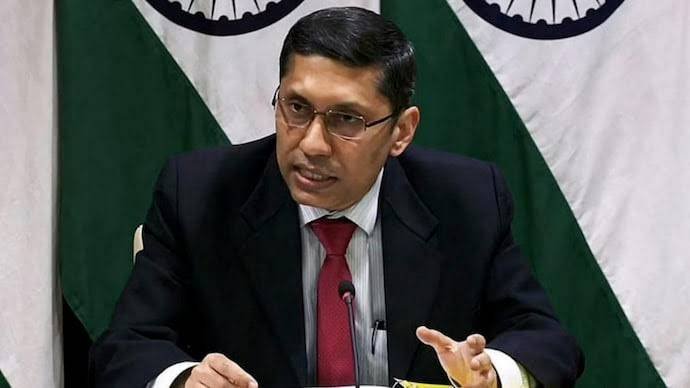China’s Unveiling of 2023 Map: A Spark of Controversy and Diplomatic Complexity
In a move that has rekindled longstanding territorial disputes and sparked fresh diplomatic tensions, China unveiled its “standard map” for the year 2023 on Monday. The map, incorporating regions such as Arunachal Pradesh, the Aksai Chin region, Taiwan, and the disputed South China Sea, has prompted strong reactions from neighboring countries, particularly India. This release has not only underscored China’s assertiveness in territorial claims but also accentuated the intricacies of global power dynamics and the significance of diplomacy in dispute resolution.
At the heart of the issue lies Arunachal Pradesh, a region claimed by China as “South Tibet,” and the Aksai Chin, which China occupied following the 1962 war. These regions have been depicted on the map as integral parts of the country, directly contradicting India’s position that Arunachal Pradesh is an inseparable part of its sovereign territory. This discrepancy has led to a swift and robust response from India, which vehemently asserts its sovereignty over the region and rejects China’s claims as unfounded.
China’s map also incorporates Taiwan, a contentious issue that has long been at the center of its foreign policy. Despite Taiwan’s self-identification as a sovereign nation, China considers it a part of its territory and has consistently opposed any recognition of its independent status. Furthermore, the inclusion of the controversial nine-dash line on the map asserts the country’s expansive claims over a substantial portion of the South China Sea, an area disputed by several neighboring countries.
India’s response to China’s map release was marked by a “strong protest through diplomatic channels.” External Affairs Ministry spokesperson Arindam Bagchi emphasized that these claims have no basis and that such actions only complicate the resolution of boundary disputes. This move by India signifies the gravity of the situation, as territorial disputes have long been a source of tension between the two nations. China’s assertions challenge the status quo and disrupt the delicate balance that India has worked to maintain.
Union External Affairs Minister S Jaishankar, while addressing the NDTV Decodes G20 Conclave, categorically labeled China’s claims as “absurd.” He noted that this country has historically used maps to stake claims over territories that belong to other countries, citing this behavior as a recurrent pattern. Jaishankar firmly reiterated India’s stance on its territories, underscoring the government’s commitment to defending its borders and asserting its rights. His remarks reflect India’s unwavering resolve to protect its sovereignty in the face of provocative actions from China.

This development has underscored the complex dynamics at play in the India-China relationship. Historical disputes and conflicting territorial claims have time and again strained bilateral relations. As both nations continue to assert their geopolitical interests on the global stage, the challenge lies in effectively managing these differences through diplomatic negotiations. This recent episode highlights the necessity of open dialogue and peaceful conflict resolution mechanisms, particularly in a region where territorial disputes have the potential to escalate into broader conflicts.
In conclusion, China’s unveiling of its 2023 map has triggered fresh waves of controversy and diplomatic complexities. By incorporating disputed regions and asserting territorial claims, the country has challenged the established order and tested the resilience of neighboring nations. India’s resolute response underscores the need for diplomacy, dialogue, and a commitment to peaceful resolution as crucial tools in managing conflicts and promoting regional stability. The ongoing tensions between these two Asian giants remain a subject of global scrutiny, emphasizing the imperative of maintaining open channels of communication and pursuing constructive diplomatic initiatives.
At the heart of these complications lies the issue of sovereignty and territorial integrity. The country’s inclusion of regions like Arunachal Pradesh and Aksai Chin, both of which India steadfastly considers integral parts of its sovereign territory, directly challenges India’s stance.











